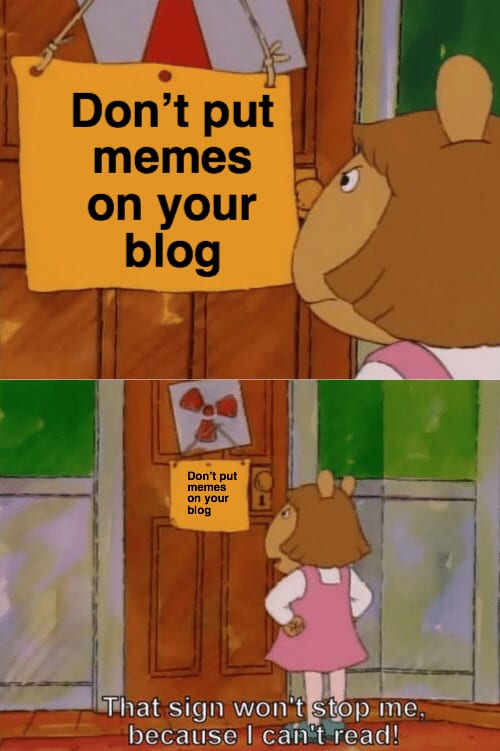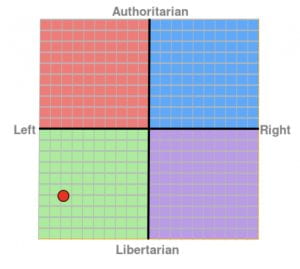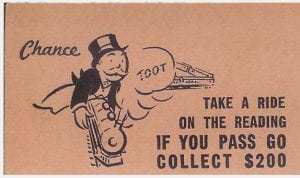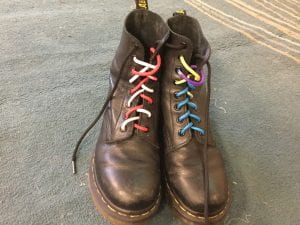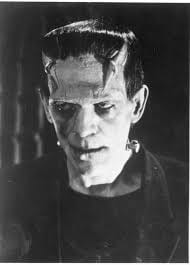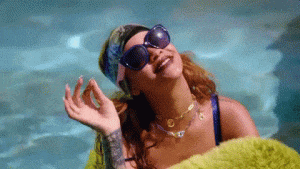Board of Politics?
(It’s a board game pun, bare with me)
So in class recently, we’ve been learning about political ideologies. To break it down, an ideology is a way of looking at the world that a group of people share. Political ideologies more likely than not revolve around the way a country is run, and how their politics works. To make it easier, I made some notes using a mind map:
To help us along, we wound up doing a test that would help us figure out our own political ideologies:
As you can see, my ideologies are quite left leaning, as I tend to not agree with many right ideologies. For instance, while conservatives believe in tradition, I tend to be more open to change.
To help explain it a bit better, I made my own political spectrum. Using monopoly cards. Please bare with me, I will explain:
Let me take the time to explain each card and why I chose it.
Communism.
In this card, you get to ride a train to a certain location. Notice how you don’t need to pay to ride the train. Many communist parties believe that public transport would be free, as it is owned by the government. In communism, the government owns everything. There is no private areas, everything is public, including trains.
Socialism
If given this card, you have to pay school taxes. Which makes sense with socialism, as the ideology implies that everyone owns everything together. So everyone having to pay for something such as a school makes sense, public education funded by the people.
Liberalism
This card is the “go directly to go” card. In Liberalism, everyone is equal, to each according to his own need. And going past go and collecting $200 is an opportunity that everyone gets, it isn’t divided by anything. It doesn’t give you any unfair advantages in the game, it just simply moves your position.
Conservatism
The “go back 3 spaces card.” Why is this conservative? Well, conservatives don’t really believe in change. If you’ve moved forward, then move back to where it was before so that nothing changes too much.
Fascism
Finally, the “go directly to jail” card. In Fascism, all decisions are typically made by one supreme ruler. You don’t question their authority, they gave final say. So, if you are told to do something, you do it. For instance, if you’re told you’re going to jail, you go to jail, no fighting it.
And that’s all, hope you enjoyed!
Read You Later,
Parker
